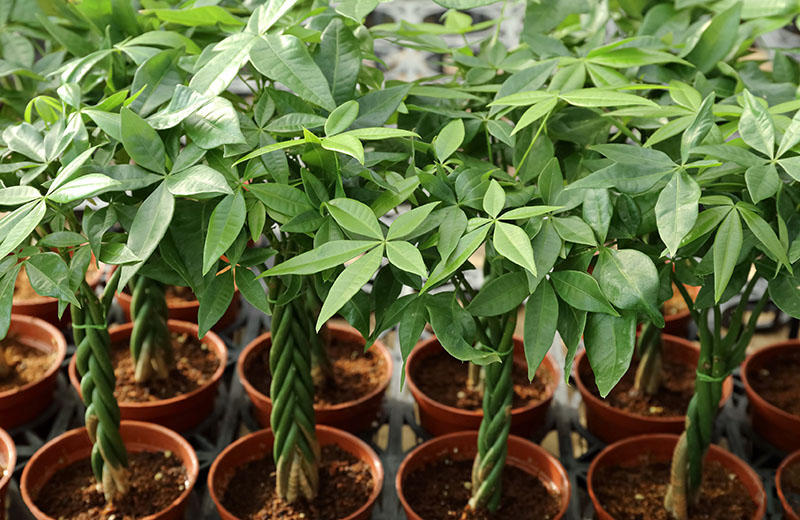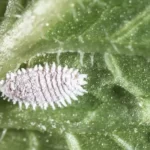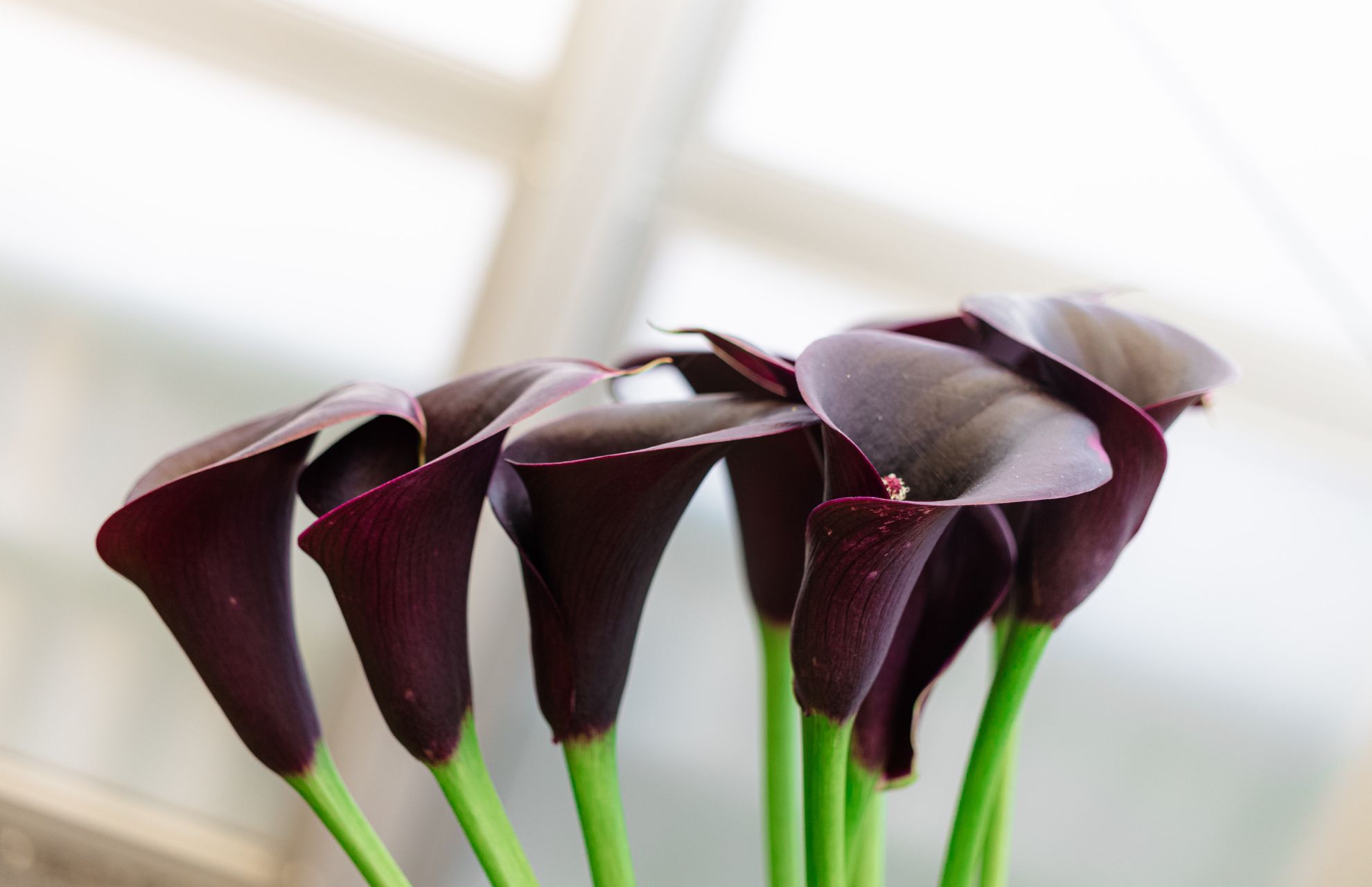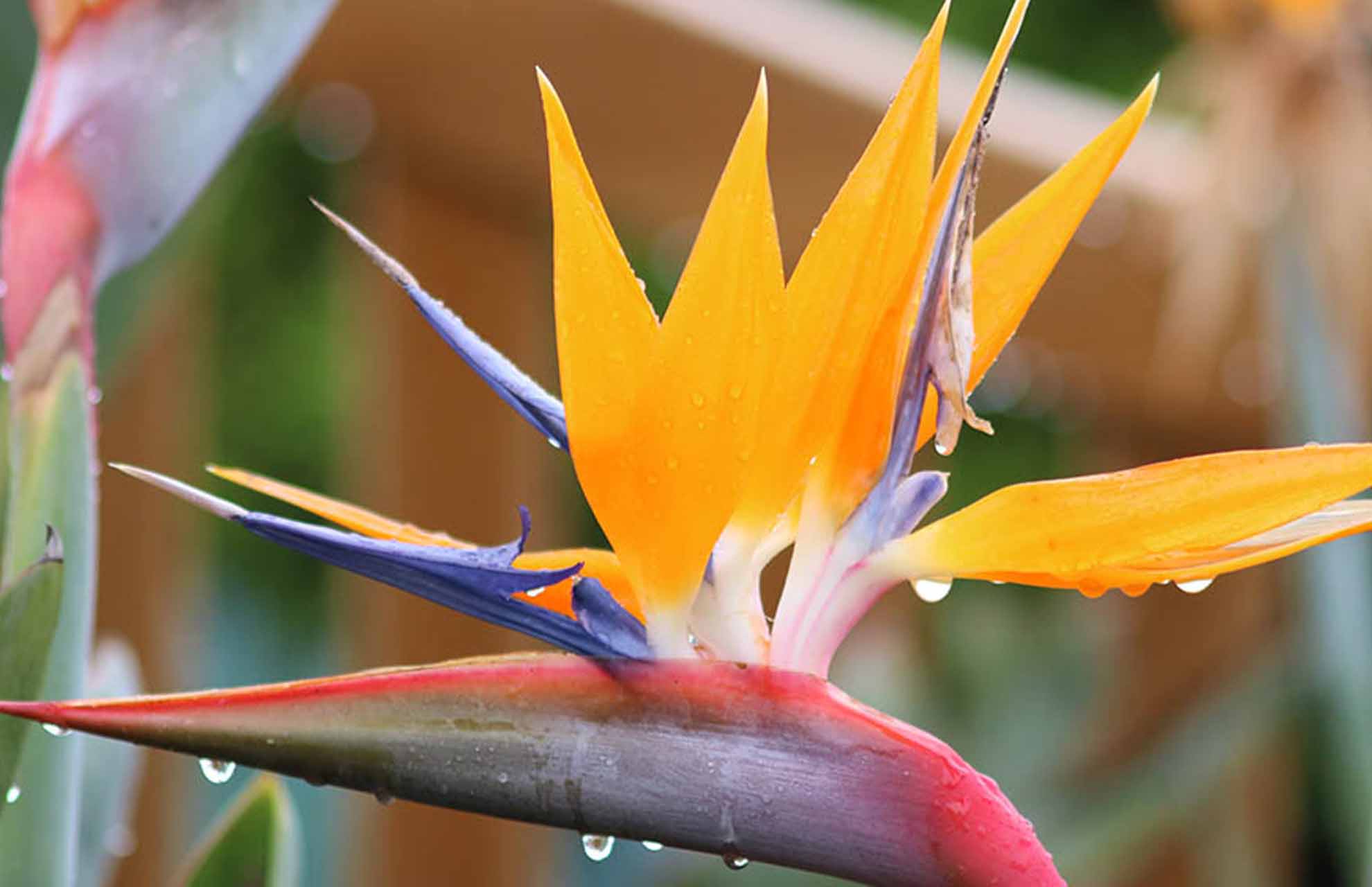Money Trees are beautiful, easy to care for, and not toxic to cats and dogs.
Some cats appear to have missed the memo that they should be carnivores. They adore various kinds of plants and will bite or gnaw on them. And the fear of plant poisoning is genuine for those of us who own pets. You might be wondering whether indoor plants are safe to maintain if your cat shows an interest in them. One of the finest solutions for cat owners who desire indoor plants is a money tree.
The Money Tree Plant
Although it often stays considerably smaller when grown in cultivation, the money tree plant is a stunning tropical beauty that may reach heights of 60 feet in the wild. The home garden’s outside plants develop into 30-foot-tall, big, bushy bushes.
Money tree plants are more frequently grown as indoor houseplants. Indoor money tree plants in pots have a typical maximum height range of 6 to 8 feet. Indoor and outdoor plants both benefit from soil that is damp to wet and full sun to nearly full shade.
Why Do Cats and Dogs Eat Money Trees?
Despite being forced carnivores, cats occasionally eat plants as snacks.
Plant-eating is a side effect of play for some cats. For the same reason that they assault feathered cat toys, these cats bite and paw at leaves. If you add more playtime to your cat’s routine, the behavior will diminish and your cat will be happier. Cats who paw and swipe at dangling leaves are probably bored.
It’s possible that other cats are munching on plants. Although scientists don’t fully understand all of the reasons why cats consume plants, the majority of cats occasionally nibble on grass or other plants. This natural habit may have developed to control parasites in your cat’s wild ancestors. Younger cats and cats are more likely to engage in this type of houseplant nibbling.
You may be interested in:
- Are Bromeliads Toxic To Pet Cats
- Are Fiddle Leaf Figs Toxic to Pet Cats, Dogs, or Other Animals
- Are Air Plants Toxic to Pet Cats, Dogs, or Other Animals
- Is The ZZ Plant Poisonous for Cats, Dogs, or Other Pets
- Are Venus Fly Traps Poisonous To Cats
How To Keep Money Trees Away from Cats and Dogs?
There are techniques to cat-proof your potted plants if your cat has a tendency of destroying houseplants. You might not be able to keep the money tree out of your cat’s reach because they are enormous indoor plants. Instead, constantly scatter natural cat-repelling chemicals like mustard powder, pepper, or citrus oils about your plants to deter felines. In addition to giving your cat a healthier plant to nibble on, a pot of cat grass may attract it away from your money tree.
What If Cats and Dogs Nibble on Money Trees?
Your cat’s health won’t be significantly harmed if it decides to climb up and munch on any portion of the plant. Even non-toxic plants can upset your cat’s stomach, so it’s best to put your money tree somewhere your cat can’t get to it, such a room where the door can be closed, blocking access. It’s more challenging to stop an outside cat from gnawing on a money tree plant, but you may try dousing the plant with a spray that tastes sour and was created especially to deter eating.
It never hurts to go ahead and call your vet if you caught your cat tasting the treats and it appears out of sorts. The wisest course of action is occasionally to seek confirmation and guidance from an expert.
Conclusion
Your cat may be chasing plants for a variety of reasons. The behavior is natural and instinctual, whether your cat is attempting to play with or eat your plant.
Ideally, you don’t want your cats to consume ornamental plants. Particularly if the plant is being harmed, it may be irritating and frustrating. However, at least you won’t risk poisoning if your cat eats the money tree plant.









